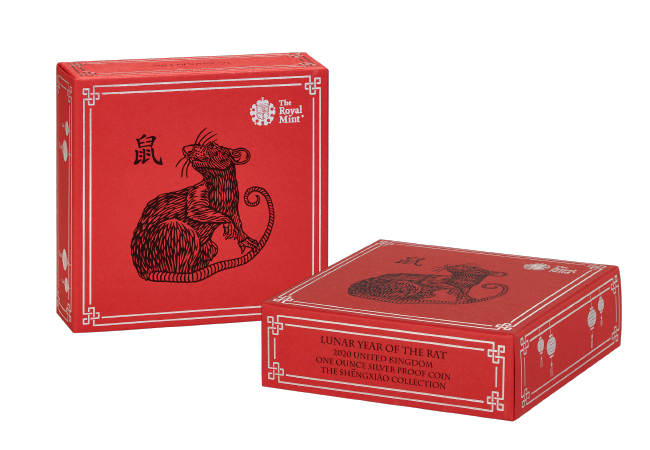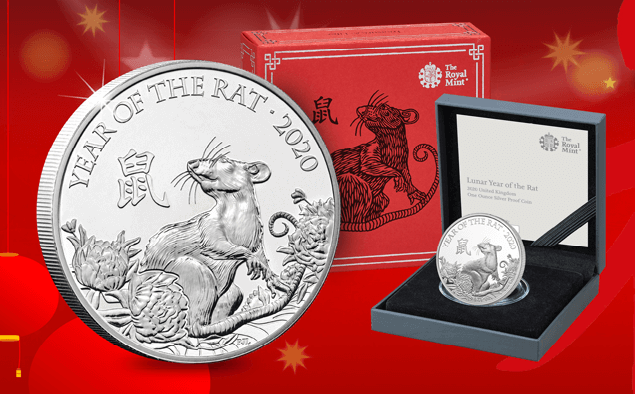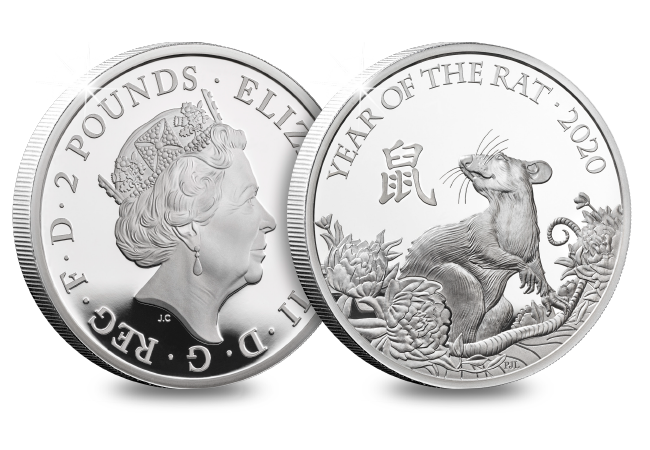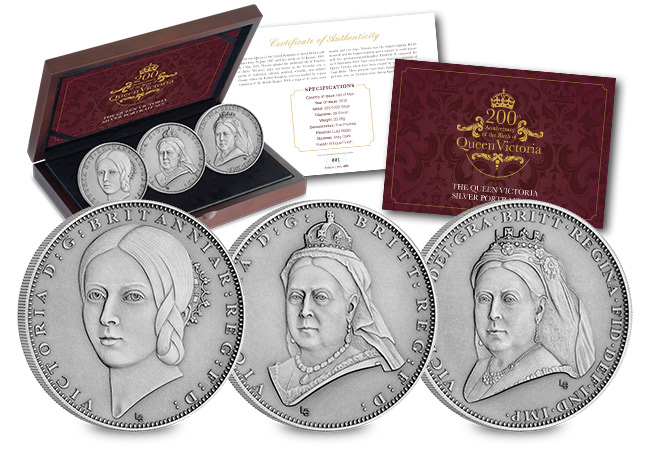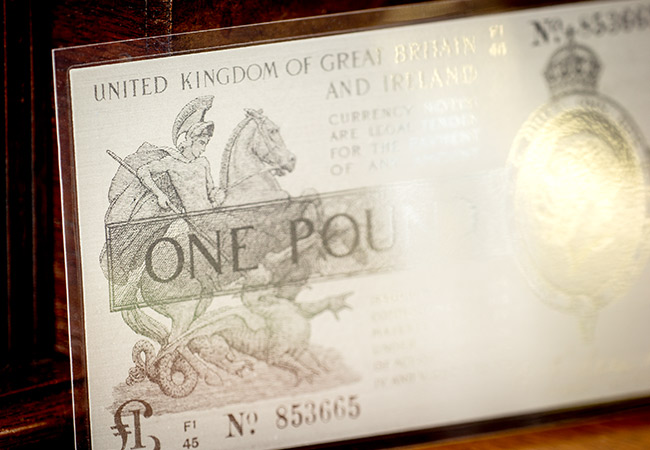Posts Tagged ‘silver’
What do a dragon, tiger and rat all have in common?
We’ve all heard of the zodiac, and have probably on more than one occasion checked our daily horoscope in the hope it will reveal what the future holds. When I sat down to write this blog I was buoyant in the revelation that my day was going to be “filled with love and joy”.
But perhaps lesser known in Western culture is the Chinese Lunar Calendar and the 12 animals that represent it.
The Chinese Lunar Calendar
More commonly known as the Chinese Zodiac, it is believed the Chinese Lunar Calendar begun around 2600 B.C. and is related to the worship of animals in Chinese culture. Legend has it before departing to the next life, Buddha asked every animal on the planet to comfort him and the twelve animals (including the dragon, tiger and rat) that responded are now honoured in the lunar calendar that spans 12 years – one animal for every year.
Much like the Western Zodiac, your lunar animal sign depends when you’re born. And people born in specific lunar years are believed to have certain personality traits and characteristics related to their animal.
Turns out I was born in the Year of the Sheep – so I’m creative, compassionate and friendly. I’d say that’s fairly accurate, though I’m not sure I agree that I like to spend my money on fashionable things… you win some you lose some!
The incredible popularity of Lunar Coins
For over 40 years mints from around the world have celebrated Chinese New Year with Lunar Coins. These issues have turned in to something of an international phenomenon, to the point where the lunar theme is the largest ongoing coin programme on the planet.
Most prestigious mints have a lunar series, including Australia, Canada, and of course our own Royal Mint. With each selling millions of ounces of gold and silver coins each year inscribed with the year’s relevant lunar animal.
Collectors will snap these coins up for a variety of reasons. Some collect their own lunar animal, because they like the personal connection, others will collect a particular specification because it’s especially limited. Personally, I find they also make great birthday gifts for obvious reasons – my friends love them.
The Year of the Rat
The 25th January 2020 will mark the Chinese New Year, and with it the next lunar animal will be celebrated – the Rat.
The Rat is in fact the first animal in the Chinese Zodiac, and people who are born under the sign of the Rat are thought to be intelligent and quick-witted with rich imaginations.
If this sounds like you the odds are you’re born under the sign of the Rat. And this year your lunar animal will be celebrated on lunar coins around the world.
What’s more, The Royal Mint has just released their brand new Year of the Rat range, including what’s perhaps the most sought-after specification of all – the 1oz Silver Proof Coin.
Apparently Rats are known for taking good advantage of opportunities presented to them – so what are you waiting for, make sure you snap up your lunar coin today!
If you’re interested…
You can own the BRAND NEW Royal Mint Lunar Coin TODAY – the 1oz Silver Proof Year of the Rat coin.
This coin is sure to be the most sought-after yet because not only is the 1oz Silver Proof a key specification for collectors, it’s also got the lowest edition limit yet!
Click here to find out more and secure one for your collection today >>>
What goes in to developing not one but THREE brand new portraits…
It’s surprising, in this new digital age, just how ‘hands-on’ designing a coin is. In fact, it’s very much the job of a master craftsman.
Never was this more evident than when the Isle of Man Treasury chose to mark the 200th Anniversary of the birth of Queen Victoria with three new coins, each with a brand new portrait.
The man they turned to was renowned sculptor Luigi Badia and here’s the remarkable process of how these coins were developed.
First Stage – Pencil designs
Like most products across all industries, designing a coin starts with pencil sketches. These are then amended, potentially many times, until a final sketch is produced and approved.
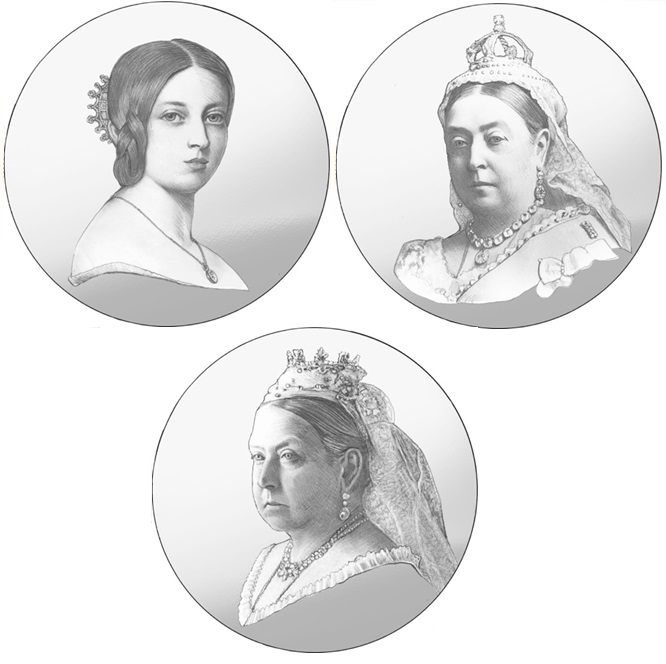
Second Stage – Plaster modelling
The second stage is arguably the most visually stunning. The sculptor, Luigi Badia in this case, will turn their sketches into a 3D ‘Plaster’ design. The skill involved in this process is really very impressive as every tiny detail must be modelled.
The plaster is far larger than the actual coin size to allow for this detail to be captured. The design will be resized in the next step of the process.
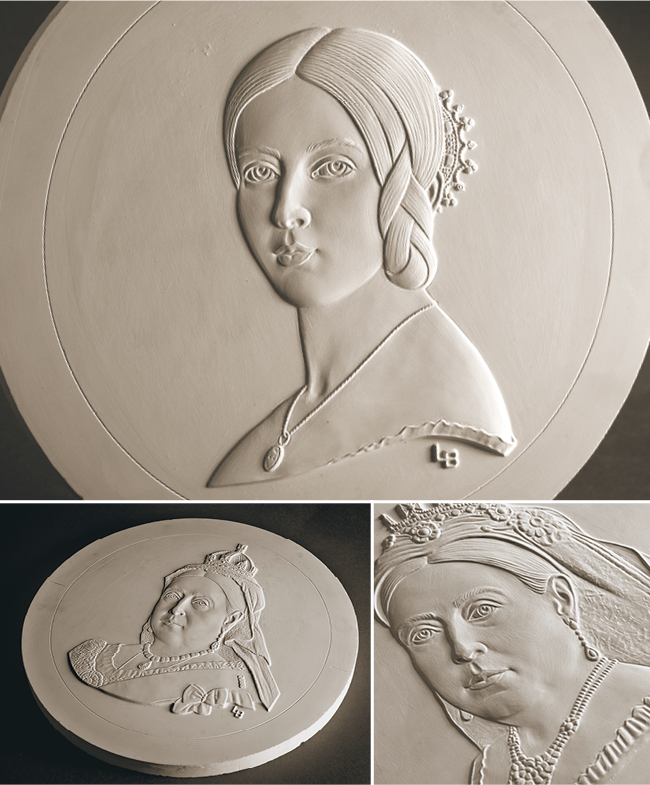
Third Stage – Digital Modelling
It’s during this stage where technology has certainly helped the design process. The 3D ‘Plaster’ designs are scanned and a digital file, called a greyscale, is created.
An engraving machine then uses this file to cut the design into a piece of steel that’s the actual size of the final coin. This will then be used to make the dies that will actually strike the coins.
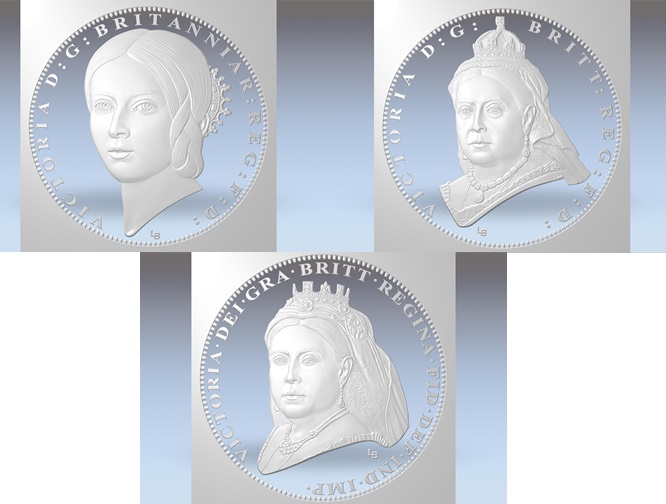
Fourth Stage – Coin Striking
This final stage is when the physical coin comes to life. The specially prepared die is used to ‘strike’ the design onto a metal ‘blank’. The metal used for the blank can vary widely, from cupro-nickel to silver and gold.
Only once the mint is perfectly happy with the quality of the struck coins will they be issued.
The Queen Victoria Silver Antique £5 Set
This set is the only way to own all three of these stunning, specially commissioned Antique Silver £5 Coins.
Just 495 of these stunning sets are available worldwide and exclusive to The Westminster Collection.
You can secure yours today for a down payment of just £54 >>
The longest bank holiday in British history…
In August 1914, the British economy was in turmoil because of the instability brought on by the oncoming war on the continent. Bankers and politicians were desperately looking for ways to secure Britain’s finances and prevent the banks from collapsing.
So to buy time to look for a solution, the government extended the national bank holiday on 3rd August to include Tuesday 4th, Wednesday 5th and Thursday 6th August – making this the longest bank holiday in British history!
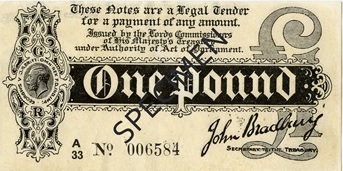
The government decided that a large supply of banknotes had to be made available for the values of £1 and 10 shillings, making it easy for the public to make small transactions and to dissuade the hoarding of precious metal coins. However, The Bank of England was not able to prepare and print the required number of notes quickly enough, so the government took the unprecedented step of deciding to issue the notes itself.
These banknotes became known as the Treasury banknotes and were unlike anything the British public had ever seen. Until this point the lowest denomination banknote was £5, and in those days this was such a large sum that many people would never have seen or used a banknote before.
That means that these Treasury notes now stand out as the first widely circulated banknotes in England.

And what’s more, the Treasury notes featured a portrait of King George V. Nowadays we’re used to seeing Her Majesty on our banknotes, but the Treasury notes were the first British notes to feature a portrait of the monarch. In fact, Bank of England notes would not display an image of the monarch until 1960.
Treasury notes played a vital role in keeping the economy moving during the First World War and for the first time in England and Wales, paper money became normal currency used by ordinary people.
These notes were born out of Britain’s longest bank holiday and now stand as some of the most interesting banknotes in notaphily history!
If you’re interested…
Today you have the opportunity to own a FINE SILVER reproduction of the 3rd issue Treasury Note. Act now to secure this perfect banknote commemorative.
Click here to order your FINE SILVER reproduction Treasury Note now >>>

